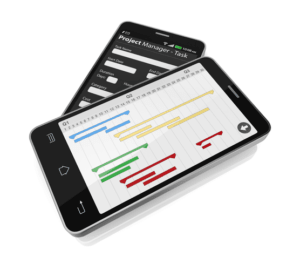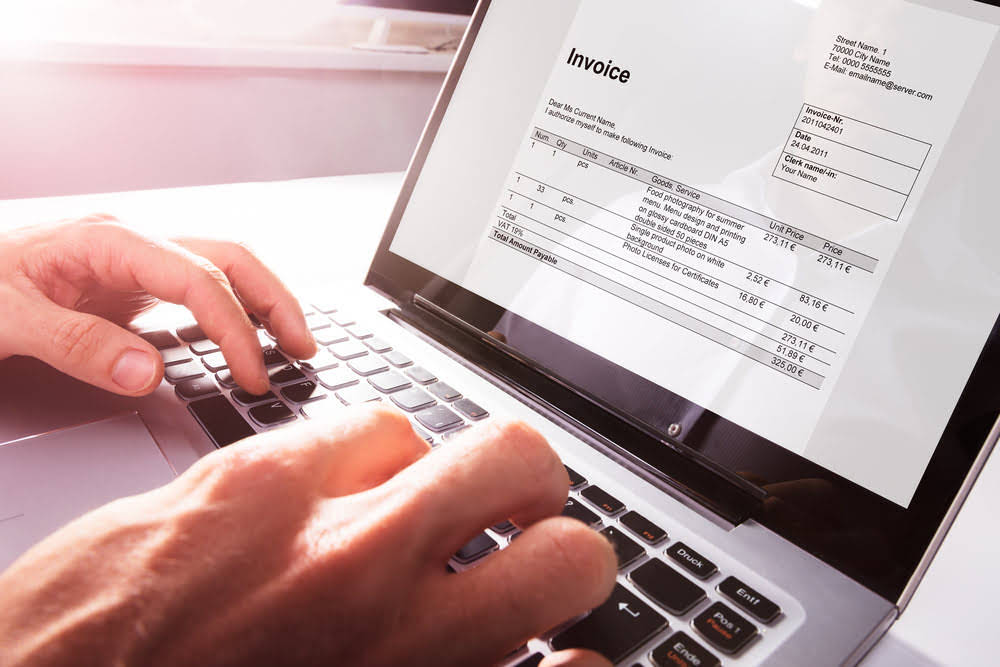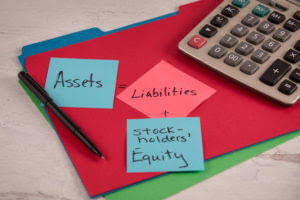
Purchases of PP&E are a signal that management has faith in the long-term outlook of its company. Although PP&E are vital to the long-term success of many companies, they are also capital intensive. Analysts monitor a company’s investments in PP&E and any sale of its fixed assets to help assess financial difficulties.
What are Examples of PP&E?
PP&E depreciation flows out of the Statement of Financial Position (Balance Sheet) from Property Plant and Equipment (PP&E) depreciation account onto the income statement as an expense. PwC refers to the US member firm or one of its subsidiaries or affiliates, and may sometimes refer to the PwC network. This content is for general information purposes only, and should not be used as a substitute for consultation with professional advisors. The method in which the asset has been financed has an impact on the financial viability of the company.
How to account for disposal of property, plant, and equipment (PP&E) assets?
Assessing the value of assets each financial period will be an aid to decision makers who can take informed decisions and plan accordingly. Tangible fixed assets as property, plant, and equipment (PP&E) are important assets in a company’s operations used to generate economic benefits over the long term. PP&E assets usually have a useful life of more than 1 year, but they typically will last for many more years than that.
Ireland Accounting Standards: The most notable points about the application of…
- PP&E stands for “Property, Plant and Equipment” and is a line item recorded on the non-current assets section of the balance sheet.
- For example, due to a decline in market demand, the business determines that the manufacturing machine’s recoverable amount is now £90,000 (down from £110,000).
- In this section, we will look at the accounting treatment for plant assets.
- What these assets all have in common, that also differentiates them from current assets, is that they are not going to turn into cash any time soon and their connection to revenue is indirect.
- In closing, the $152 million in PP&E is the carrying value recorded on the balance sheet of the company for the current period.
Strictly Necessary Cookie should be enabled at all times so that we can save your preferences for cookie settings. If you is equipment a plant asset found this article helpful, please go to the rest of the website for more about accounting, or other financial articles about International Accounting, Audit, Taxation, Accounting Software, Cloud Accounting and Accounting Automation. The most used methods of depreciation for Property, Plant, and Equipment (PP&E) are. It’s important for business owners to understand and keep track of their PP&E. This is useful because it allows them to have an up-to-date view of the value of their business, but it also allows them to properly calculate the tax liability for their business assets. The ratio between Capex and depreciation typically converges towards 100% as a company matures.

How to account for depreciation of property, plant, and equipment (PP&E) assets?

Equipment, machinery, buildings, and vehicles, are commonly described as property, plant, and equipment (PP&E). These items labeled are tangible, fixed, and not easy to liquidate. PP&E is listed on a company’s balance sheet minus accumulated depreciation. PP&E represents assets that are key to the functionality of a business. The name plant assets comes from the industrial revolution era where factories and plants were one of the most common businesses.

The measurement of a property asset after initial recognition can be either the cost model or the revaluation model. The entity should treat the model chosen as an accounting policy Accounting Periods and Methods and shall apply that policy to an entire class of property, plant, and equipment. To assess the value of Property Plant and Equipment (PP&E) assets, you can refer to old assets, which include the data about the historical costs, capital expenditure and depreciation. PP&E stands for “Property, Plant and Equipment” and is a line item recorded on the non-current assets section of the balance sheet. If debt has been used to purchase the plant asset, then the cash flow statement would also show the regular payments towards that debt too. Any costs incurred after the initial purchase that enhance the asset’s future economic benefits are capitalised onto the balance sheet.
How are property, plant, and equipment (PP&E) presented in Cash Flow?
- Plant assets are deprecated over their useful lives using the straight line or double declining depreciation methods.
- These assets are normally reported on the Balance Sheet at net book value, which is their cost less accumulated depreciation.
- Property Plant and Equipment (PP&E) accounting involves assessing the value of an organisation’s assets, such as buildings, machinery, land, or equipment generate economic benefits over the long term.
- It is vital that a company accurately records its PP&E on its balance sheet.
- If we add the $8 million in Capex and subtract the $6 million in depreciation from the beginning PP&E of $150 million, we arrive at $152 million for the ending PP&E balance in Year 1.
- For most companies, particularly those operating in capital-intensive industries (e.g. manufacturing, industrials), fixed assets are a critical part of their overall business model and the ability to continue generating revenue over the long term.
- On the income statement will be recognized a gain or loss on disposal that is calculated as the difference between the disposal proceeds and the carrying amount of the asset at the date of disposal.
For most companies, particularly those operating in capital-intensive industries (e.g. manufacturing, industrials), fixed assets are a critical part of their overall business model and the ability to continue generating revenue over the long term. As we continue to walk our way down the balance sheet, we come to noncurrent assets, the first and most significant of which is PP&E. At almost $23 billion, PP&E composes almost half of the total assets of $51 billion.
Examples of Plant Assets
To calculate PP&E, add the gross property, plant, and equipment, listed on the balance sheet, to capital expenditures. Companies commonly list their net PP&E on their balance sheet when reporting financial results. At the same will be highly imperative to maintain the assert register by updating the data on a timely manner.
What is PP&E?
At the same time the movement on the cash floe statement will be an indicative for the investors to asset the company spendings on property plant an equipment and understand the company aims for the future. The cash flow statement is a great tool for analysts, and decision makers when assessing company performance, budgeting, or planning. Let’s say that Company X owned PP&E with a gross value of $500,000. The accumulated depreciation for its machinery amounted to $210,000. Due to the general wear and tear of the machinery, Company X makes the decision to purchase more equipment. In the next period, Year 1, we will assume that the company’s Capex spending declined to $8 million whereas the depreciation expense increased to $6 million.